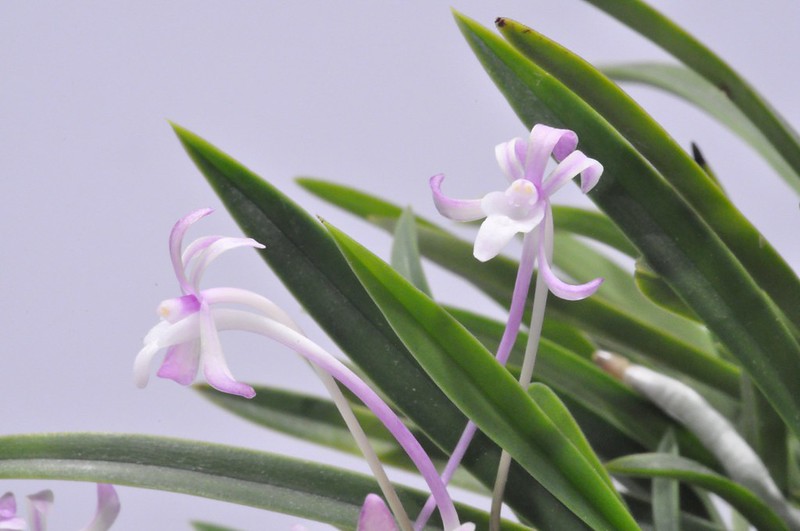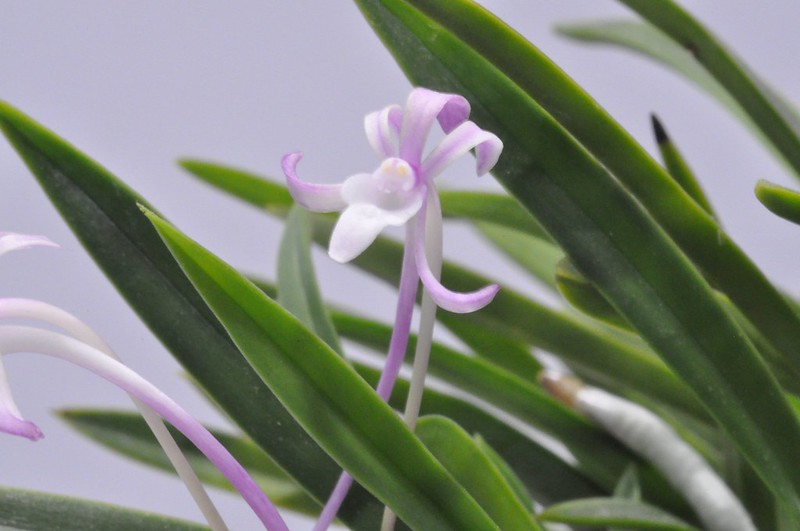Marco
Slipperless member
The neo activity is starting to pick up on my end. Likely around July some more will be opened. Very exciting time of the year. Here is my benisuzume (from NWO) that was opened when I got home today.
 benisuzume (紅雀) 01 - 06.06.16 by Marco, on Flickr
benisuzume (紅雀) 01 - 06.06.16 by Marco, on Flickr
 benisuzume (紅雀) 02 - 06.06.16 by Marco, on Flickr
benisuzume (紅雀) 02 - 06.06.16 by Marco, on Flickr
 benisuzume (紅雀) 01 - 06.06.16 by Marco, on Flickr
benisuzume (紅雀) 01 - 06.06.16 by Marco, on Flickr benisuzume (紅雀) 02 - 06.06.16 by Marco, on Flickr
benisuzume (紅雀) 02 - 06.06.16 by Marco, on Flickr


